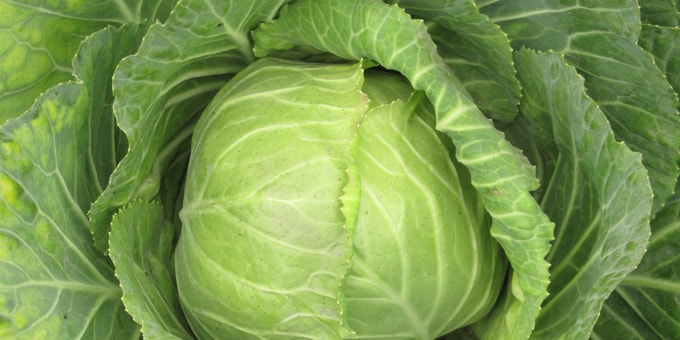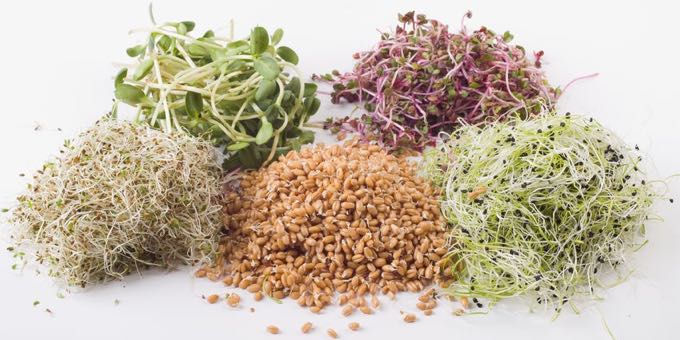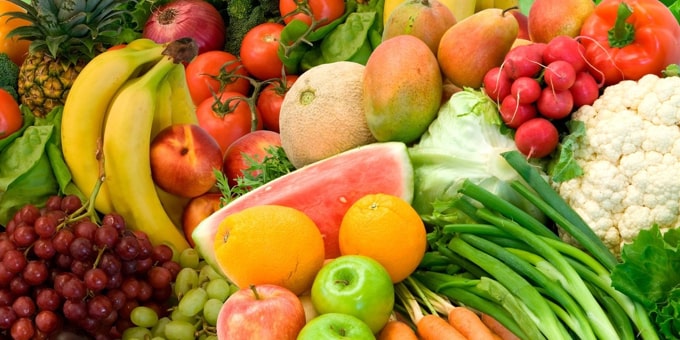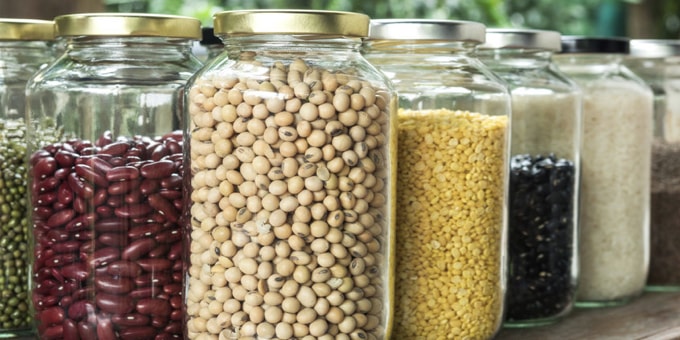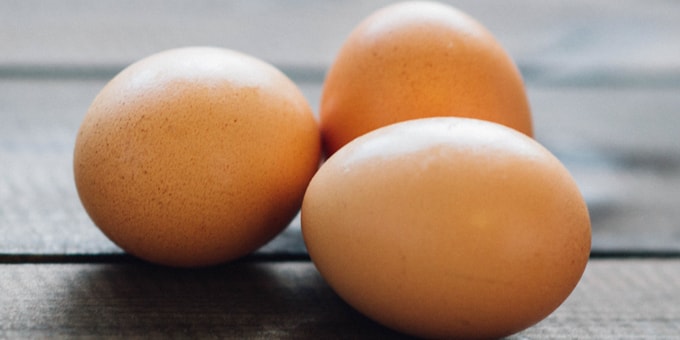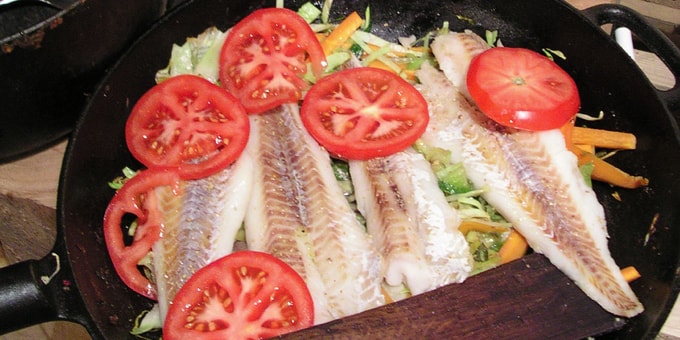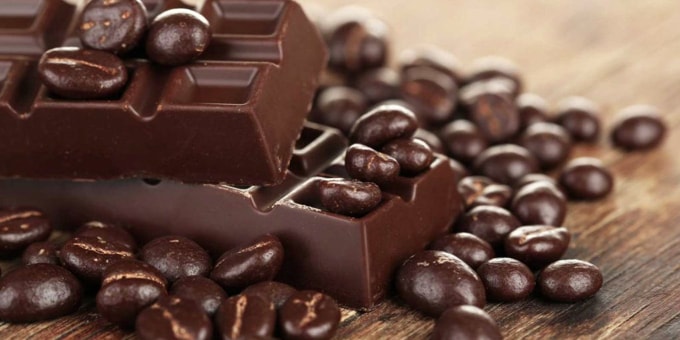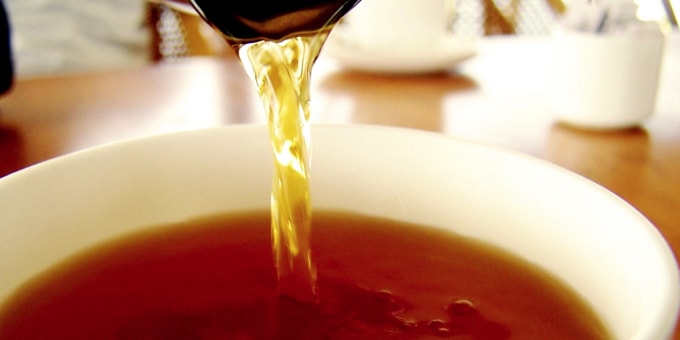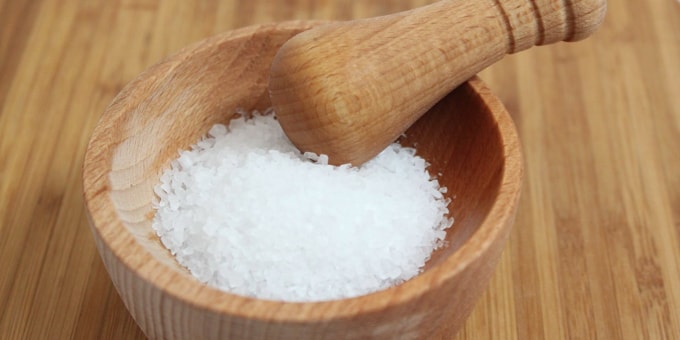CABBAGE, DID YOU KNOW…
With over 400 varieties of cabbage worldwide, cabbage makes a great vegetable to add to many dishes and salads. Not only is there wide ranges in variety and taste, the nutritional benefits are endless as well! So you may be asking what is so great about cabbage…
Cabbage is a cruciferous vegetable that contains natural chemical compounds that may be helpful in the prevention of certain types of cancers. Low in calories, fat, and cholesterol, cabbage is a hardy and watery vegetable that is a good source of fiber. Cabbage contains both soluble and insoluble fiber. Soluble fiber intake is linked to a lower risk of diabetes and high blood cholesterol and insoluble fiber can help regulate regular bowel movements. For every half cup of cooked cabbage, there are 2 grams of dietary fiber, or 8 percent of required daily intake.
VITAMIN K & B
Cabbage is also a great source of vitamin K, folate and potassium. Vitamin K plays a vital role in proper blood clotting and in helping maintain bone strength. A half cup serving of shredded or cooked cabbage contains 68 percent of the required daily intake of vitamin K for men and 90 percent of the daily intake of vitamin K for women. Folate is a water-soluble B vitamin and plays a crucial role in body functions that require cell division. For instance, folate is extremely important in fetal development and in the prevention of neurological defects. The potassium in cabbage is an essential mineral that helps regulate the body’s balance of fluid and is essential for many metabolic processes, muscle function, and maintaining normal blood pressure.
VITAMIN C
Another great benefit of is the amount of vitamin C in each head. It is a n excellent source of vitamin C which is necessary to make and maintain collagen, the connective tissue that holds the body and organs in place. Vitamin C is also associated with lowering the risk of heart disease and certain cancers.
When selecting the perfect cabbage, look for firm or compact heads. Outer leaves should be a good green or red color (depending on the type), and free from large blemishes. Try to avoid cabbage with wilted, discolored, decayed dried outer leaves or yellow leaves and worm-eaten outer leaves. If there is a separation of the leaves form the core, the cabbage could be over-aged.
Fortunately, heads of cabbage keep well in the refrigerator, possibly up to two weeks. Sliced cabbage keeps five to six days. Rubbing the cut surfaces with lemon juice will help prevent and discoloration.
Cabbage is an inexpensive vegetable and can be found year round fresh or canned. There are many ways to enjoy cabbage – whether eaten raw in a salad, enjoyed on a sandwich or cooked within a main dish or side. Check out the Dishin’ Out Healthy stand at Viking Village Foods for some great cabbage recipes.
Dishin’ Out Healthy- Health Educator: Nichelle Hoege
“You don’t have to cook fancy or complicated masterpieces – just good food from fresh ingredients.” – Julia Child
Source:
United States Department of Agriculture usda.gov
Fruits and Veggies – More Matters fruitsandveggiesmorematters.org

